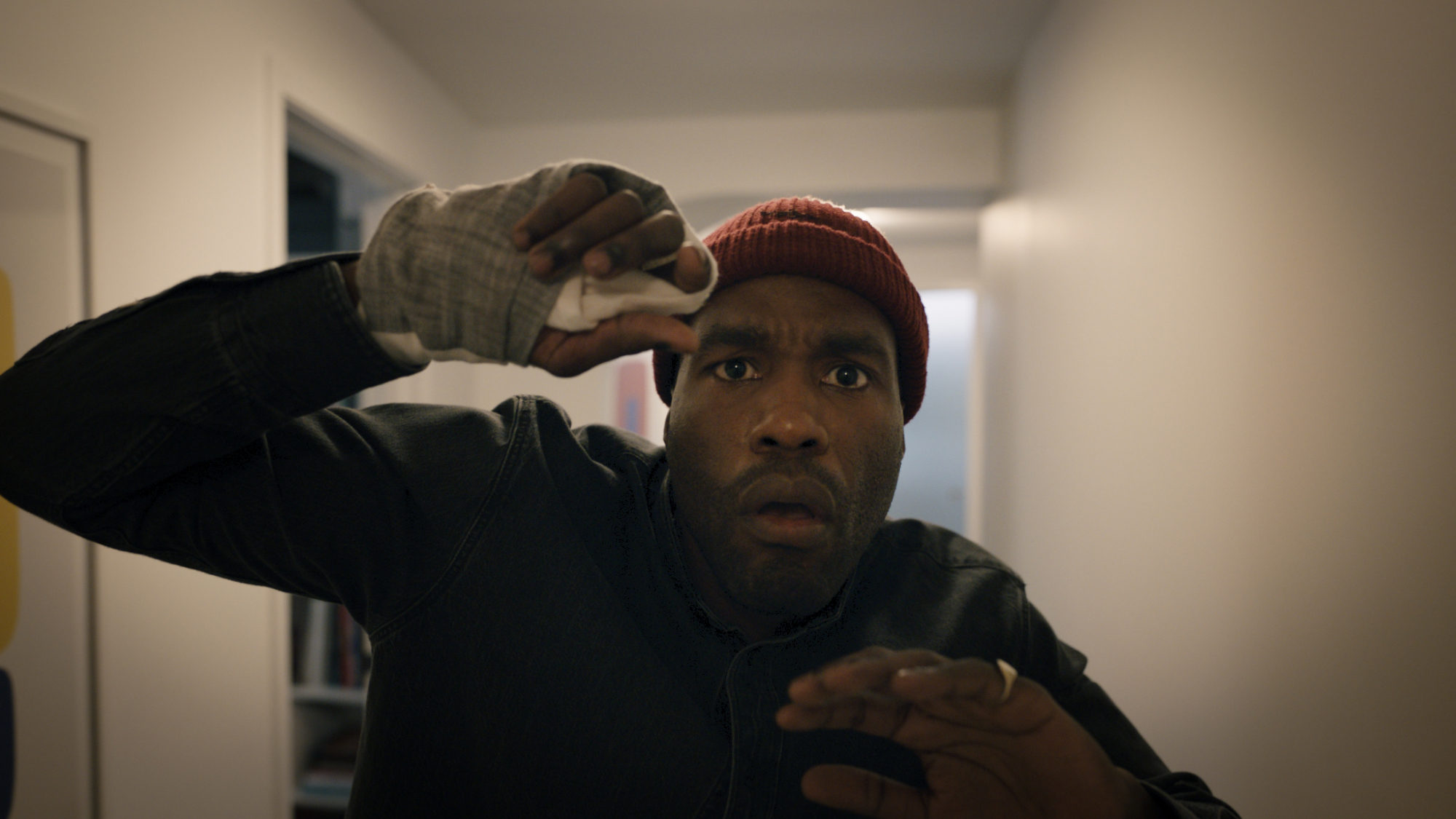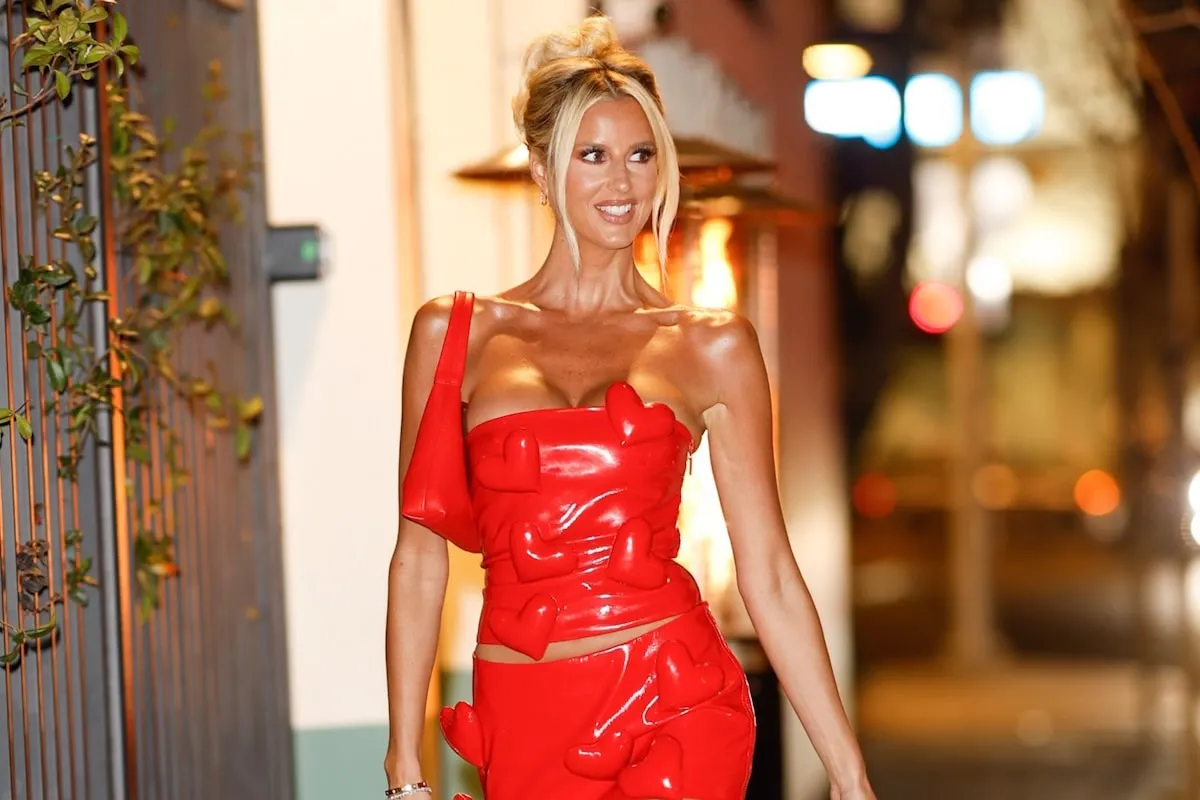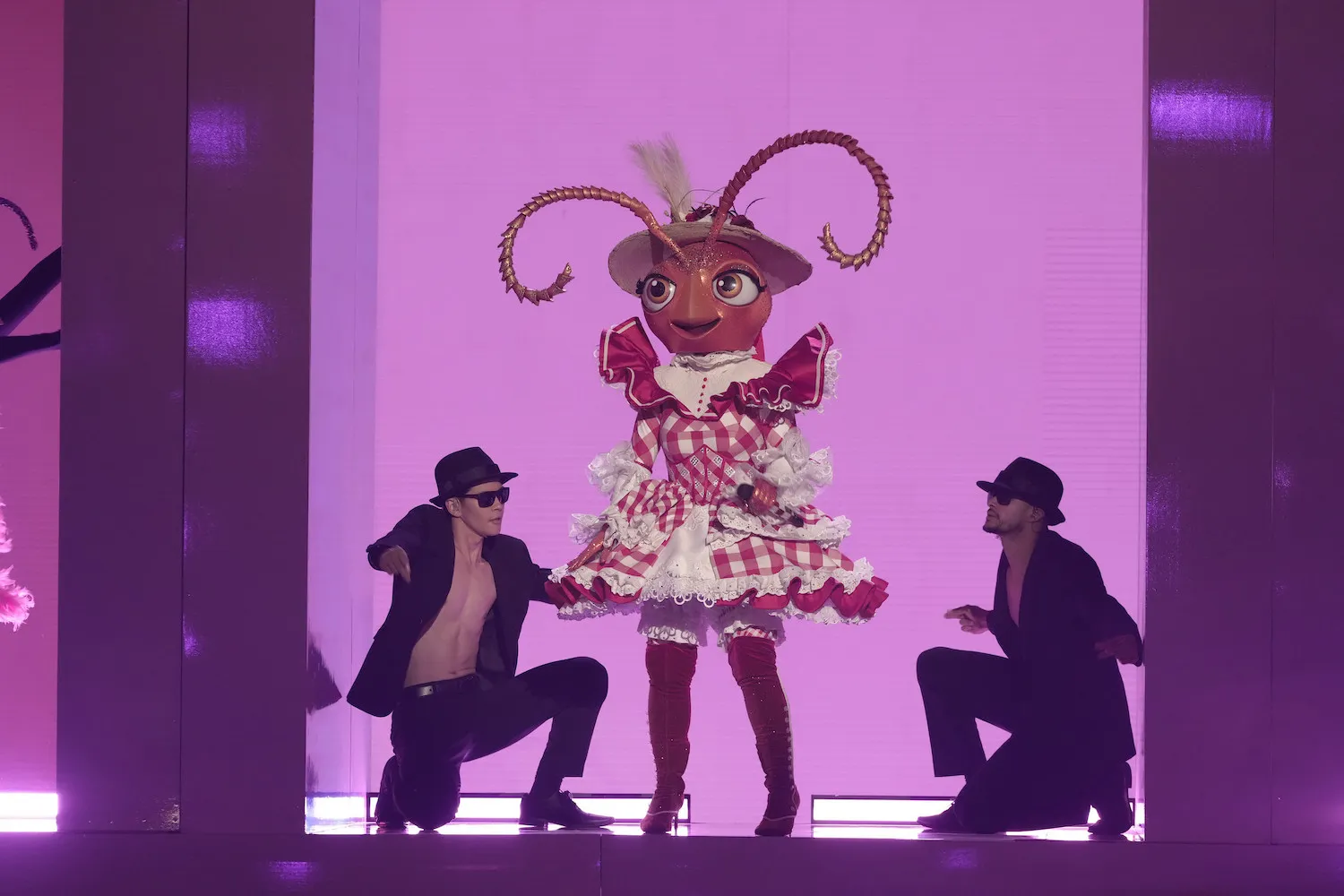‘Candyman’ Will Deconstruct Its Villain’s Lore
The release of the original Candyman was in 1992. The horror film follows graduate student Helen (Virginia Madsen), who’s working on her thesis. Her exploration of folklore and urban legends leads her to Candyman. The spirit’s hook for a hand and murderous rage define his legacy. He was a slave’s son, who’s spirit emerges after his victims say his name in the mirror five times. However, director Nia DaCosta’s take on Candyman seeks to take a closer look at how his lore came to be.
The original lore of Candyman
Candyman’s real name is Daniel Robitaille. In the late 19th century, a rich man named Heyward Sullivan employed Daniel’s talents as an artist. He fell in love with Heyward’s daughter named Caroline Sullivan. Together, they had a daughter named Isabel Sullivan. However, other people didn’t accept their love.
Heyward and other racist individuals pursued Daniel and tortured him. As a result, he lost his right hand. The racist mob coated him in honey, which caused him to become swarmed by bees. A young boy exclaiming “Candy Man!” is how he ultimately received the name. Caroline hid her mirror at Daniel’s birthplace, which would become the means through which Candyman is able to cross into our world.
The story of Candyman speaks on social issues, including racism and classism. Co-writer and producer Jordan Peele is known for tackling social issues in his horror movies, including Get Out. Candyman and the title character’s lore continue to hold weight in the current social climate.
Candyman’s mythos will be further dissected

DaCosta talked about Candyman and the nature of his character in an interview reported on by Bloody Disgusting. The character’s deep, anti-hero nature drew her to the project, as she described him as “Gothic.”
Racism and hatred are the root of Daniel’s tragic story, which makes him more complex. Is he an anti-hero or a villain? “I think Candyman is a monster, for sure,” explained DaCosta. “In some ways, he can also be an antihero. I think he’s multifaceted. For me, he represents how we change people from people into idols, or martyrs, or icons, or representations of a thing, as opposed to living, breathing human beings.”
DaCosta noted the genre and how Candyman fits within it, but that there’s more to the story. “It’s a horror movie,” DaCosta stated. “He’s a villain of a sort, but we want it to deconstruct who decided he was a monster, who gave him that name, and how did he get there in the first place.” The Candyman director places storytelling at the forefront, as she dissects how it creates a character like Candyman to begin with.
‘Candyman’ in the modern age
Racism and classism continue to be major social issues around the world, which are more horrifying than any horror movie concept. The 1992 horror movie made an impact on how it approached the topics. The sequel’s story follows Anthony McCoy (Yahya Abdul-Mateen II), who is a visual artist. However, it’s clear that the new point-of-view character won’t necessarily get in the way of expanding upon Candyman’s mythos.
DaCosta’s Candyman is set directly after the original, ignoring the continuity of the sequels. This allows the movie to escape any plot issues and build off of the original story.
Candyman was delayed three times from its original June 2020 release date due to the coronavirus (COVID-19) pandemic. The movie is finally hitting theaters on Aug. 27.


